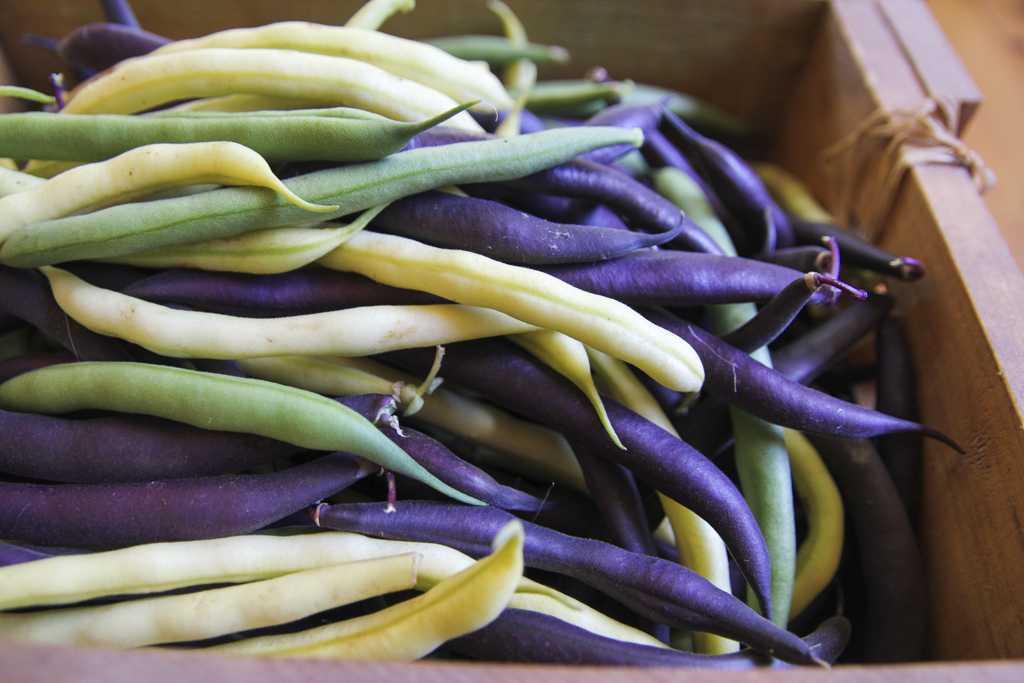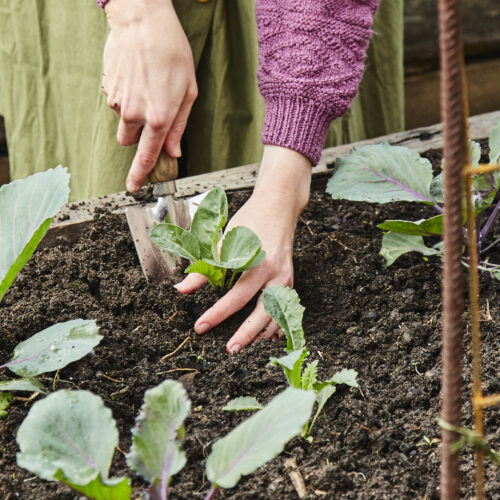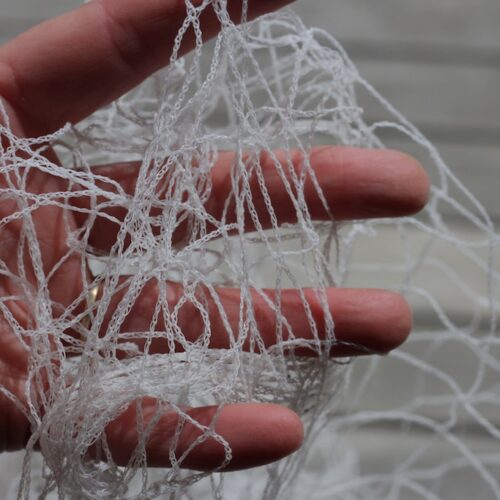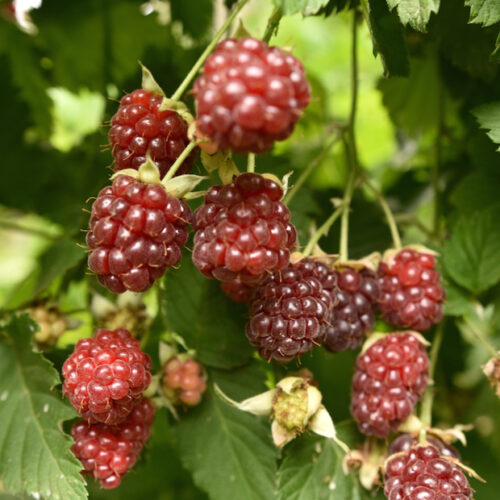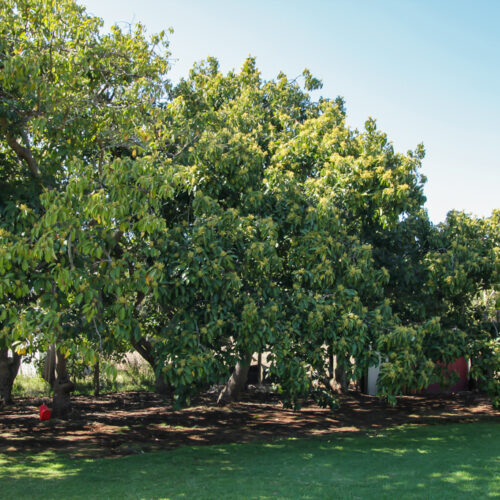February garden jobs
2017-01-31T21:00:00+11:00
Gardening is a happiness booster, says JUSTIN RUSSELL. Check out his February tips.
Nothing is quite as nurturing as an hour or two spent pottering and without fail, I come inside from a gardening session feeling a million bucks. There’s actually solid scientific evidence for gardening’s mood enhancing abilities. One factor is exposure to vitamin D (aka, the sun), but research indicates that contact with soil microbes can boost serotonin levels and act as a natural antidepressant. So what are you waiting for. Pull off your gardening gloves and get your hands into the dirt with these February garden jobs!
At this time of the year I’m embarking on a major planting effort. Before anything goes in the ground though, it’s necessary to remove spent summer crops, and prep the soil (here’s your chance to get dirty). The spent crops go in one of two places – to the chooks, or in the case of things like tomato and potato foliage, onto the compost. Nothing is wasted.
Once you’ve dealt with spent crops, lightly fork the soil if it needs decompaction and add any amendments necessary to get future plantings off to a flying start. Many (but not all) cool season vegies love a slightly alkaline soil. My vegie patch soil is slightly acidic, so I usually throw on some recycled wood ash or garden lime to raise the pH a bit. After this has settled for a week or so, I add fertiliser as required. I like to alternate fertilisers. Last time I used blood and bone, this time I’m adding pelletised chook manure. The reason it’s important not to add fertiliser at the same time as lime is because the two materials react chemically to release nitrogen into the air.
Rain has been very hit and miss this summer. I know some areas have had record falls, while others are experiencing drought. If your garden is suffering from the dry, an antidote is to build your soil’s organic matter content. Humus, the main building block of organic matter is able to soak up and retain moisture like a sponge, reducing the need for supplemental irrigation. While you’re working on the soil ahead of planting, spread some compost on the soil surface and lightly dig it in. Rake the bed smooth, give it a watering to kick start activity in the soil, and by the following day, you’re ready to plant. To get an idea of what can go in this month, check out my corresponding planting guide for February.
Sunscald can be a major hassle in late summer. Large fruiting tomatoes are the worst affected, but the sun can also damage other types of fruit and the foliage of vegies and ornamentals. Some gardeners spray a polymer film on foliage to protect it, but there’s a simpler option – shadecloth. In my shed I have shadcloth offcuts of varying densities and sizes. I pull these out on very hot days and simply throw them over vulnerable plants to give them some protection. It’s important not to leave the covers on indefinitely though. Plants need to photosynthesise, so once the weather cools off remove the covers to allow sunlight to work its energy producing magic.
An under-rated job in late summer is harvesting. There’s plenty to pick during February, and it’s baffles me that so many gardeners put effort into growing a beautiful crop and then leave the crop to rot on the tree or in the soil. I’ve heard people cite a lack of time for this, but honestly, harvesting is one of the most pleasant and rewarding jobs on offer. Arm yourself with a pair of secateurs and a decent basket and spend half an hour picking as relaxation after work.

